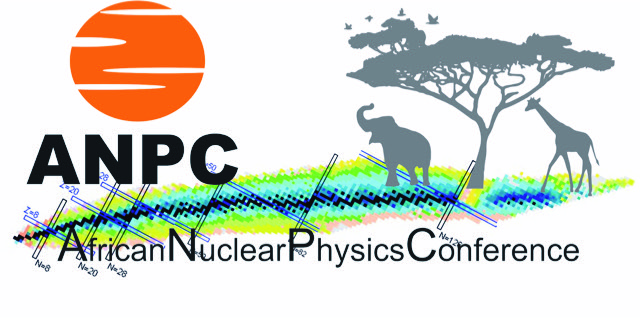Speaker
Description
An important fundamental question is how nature combines the building blocks, protons and neutrons, to form the large variety of complex manybody nuclei. Addressing this requires understanding the residual strong interaction, the nuclear force, between nucleons that characterizes the properties of the nuclei. This entails synthesizing observed properties of
nuclei and predictions from theoretical models that involve describing the many body quantum system and the nuclear force. Particularly important are formulating nuclear models from first principle, the ab initio approach. A complete understanding of the nuclear force remains a challenge. A major advance in this front has been the description based on chiral effective field theory. However, there are different prescriptions of the chiral interactions that need to be constrained with experiments. Rare isotopes with neutron-proton asymmetry bring in additional sensitivity in understanding the force and constraining the models. This presentation will discuss how experimental investigations of static ground state nuclear properties such as masses and radii and dynamic observables such as excitation spectra and nuclear scattering in light nuclei have opened ways to test the ab initio models, and exhibited the crucial importance of the threenucleon force.

